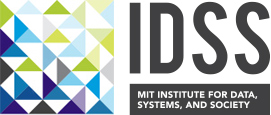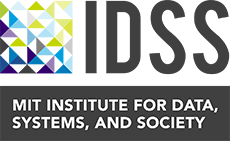One and two sided composite-composite tests in Gaussian mixture models
MIT Building E18, Room 304 Ford Building (E18), 50 Ames Street, Cambridge, MA, United StatesAbstract: Finding an efficient test for a testing problem is often linked to the problem of estimating a given function of the data. When this function is not smooth, it is necessary to approximate it cleverly in order to build good tests. In this talk, we will discuss two specific testing problems in Gaussian mixtures models.…

